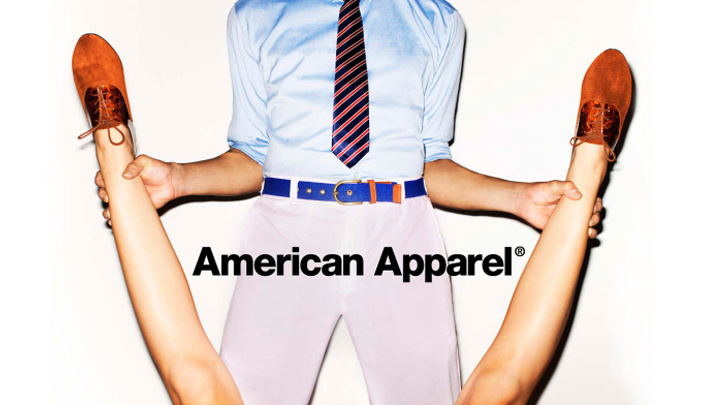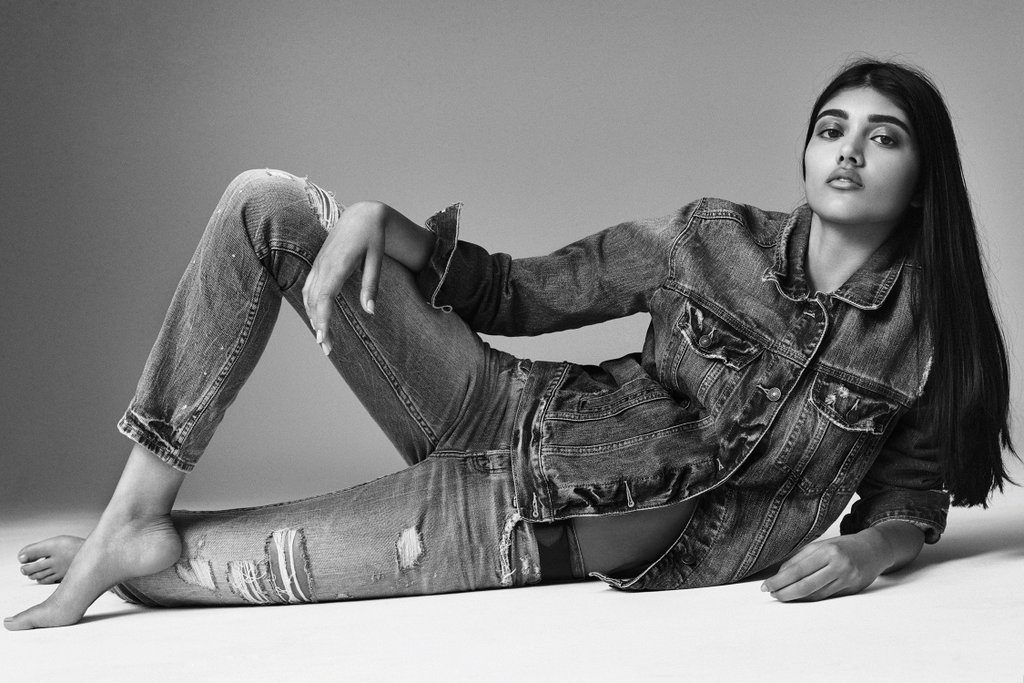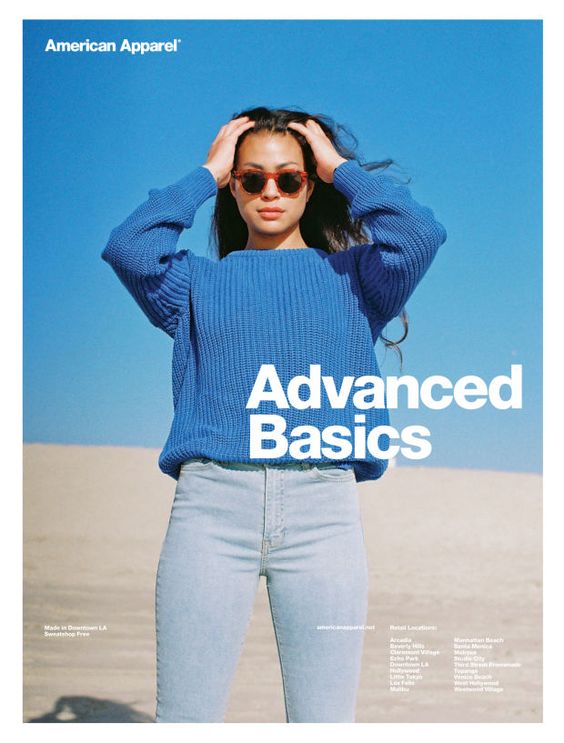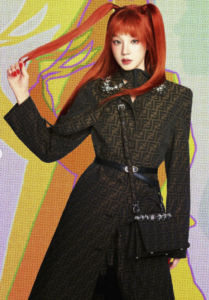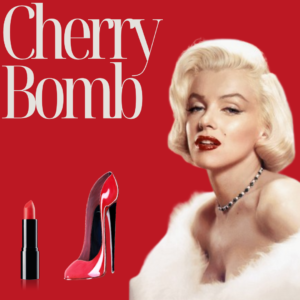The world of fashion advertising is a fast-paced enterprise where the most effective marketing conventions are always changing. Conventions change as a reflection of the change in society’s values.
The inclination to use sex as a sales pitch in advertisements has always been a hot topic, that manifests itself into other social issues such as body standards, rape culture, objectifying women, and public pornography. Due to its highly explicit nature, many ads have even been banned in numerous countries. Still, it is a well-known fact that sex does, in fact, sell quite effectively.
Is it because such vivid representation demands immediate attention and desire for more or because we still submit to the, “Buy this, get this,” imagery? Are we, as humans, automatically wired to always have a primal interest towards sex and reproduction or is it because our fashion decisions are often subconsciously dictated by our desire for sexual appeal? Amidst the many speculations, it is generally recognized that the suggestion of sex throughout the images cause people to lust over and, in turn, feed their desire for the product.
The sexual aspect of the advert can range from subtle to obvious and the sexual connotation can be completely unrelated to the product. Most companies that market through sex are not selling necessities but focus on more materialistic things such as fashion, beauty products, alcohol, and cars. Since these items are often non-essential, marketing it with the idea of pleasure is still slightly connected. If, for example, a lawnmower was marketed by sexuality, it would come off very forced and uncomfortable for the viewer. In other words, it’s true that sex sells, but it must apply effectively to the product.
Historically, the sexual implications were ambiguous so, unsurprisingly, many see this as a relatively new phenomenon. People often assume it began after the sexual revolution which was a movement throughout the 1960-1980s. This was when the traditional views on sexuality were challenged and more accepted throughout the majority of the Western world. In reality, the beginnings of sex advertising started with an effort to promote cigarette sales in 1871 when a print ad for Pearl Tobacco included a naked woman as focus.
In 1885, rival company W. Duke & Sons noticed the steady increase in revenue for their competitors and experimented by including sexually provocative trading cards in their cigarette packs. Due to this marketing strategy, they became the leading cigarette company at that time.
It was only in the 1920s that sexual advertisements for cosmetics were created to target women. Companies started marketing their products with sex subtly through partial nudity, then in the 1950s a method where fully dressed models posed alongside sexual innuendos in floating text was more popular. Finally, as the years progressed, companies became upfront about the usage of sex marketing by increasing nudity in advertisements.
Interestingly enough, within the past few years, the use of sex in fashion advertising has been slowly diminishing with many luxury brands. Two companies in particular who used to be defined by their notoriously provocative advertising are making changes. Firstly, Abercrombie & Fitch is known for black and white photos of topless couples tangled intimately printed on their shopping bags and the attractive shirtless men standing at their store entrance. This company initially attracted fashionable teens due to its steamier and rebellious mood.
Similarly, American Apparel has had their fair share of controversial ads which were seen as borderline-pornographic by the general public. They featured partially nude and extremely youthful looking girls photographed as though in the middle of performing sexual acts. Combined with the vintage grunge effect of the photos and blank white walls for a background, many felt they promoted over sexualisation of minors by photographing them in a homely environment.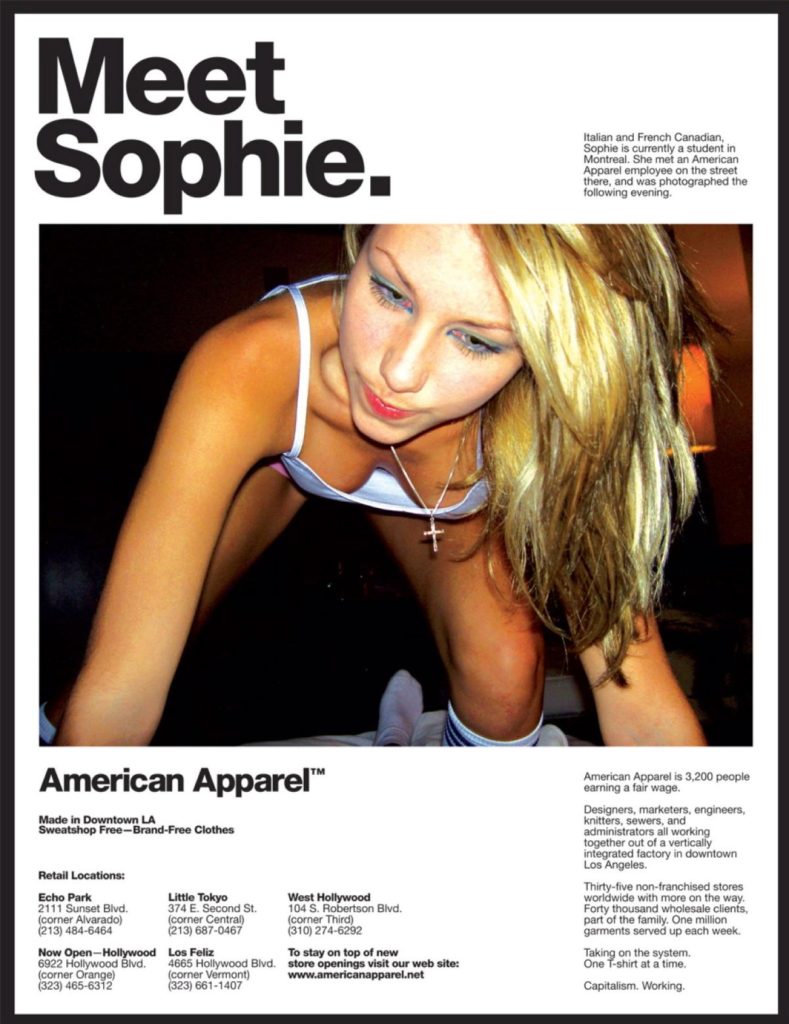
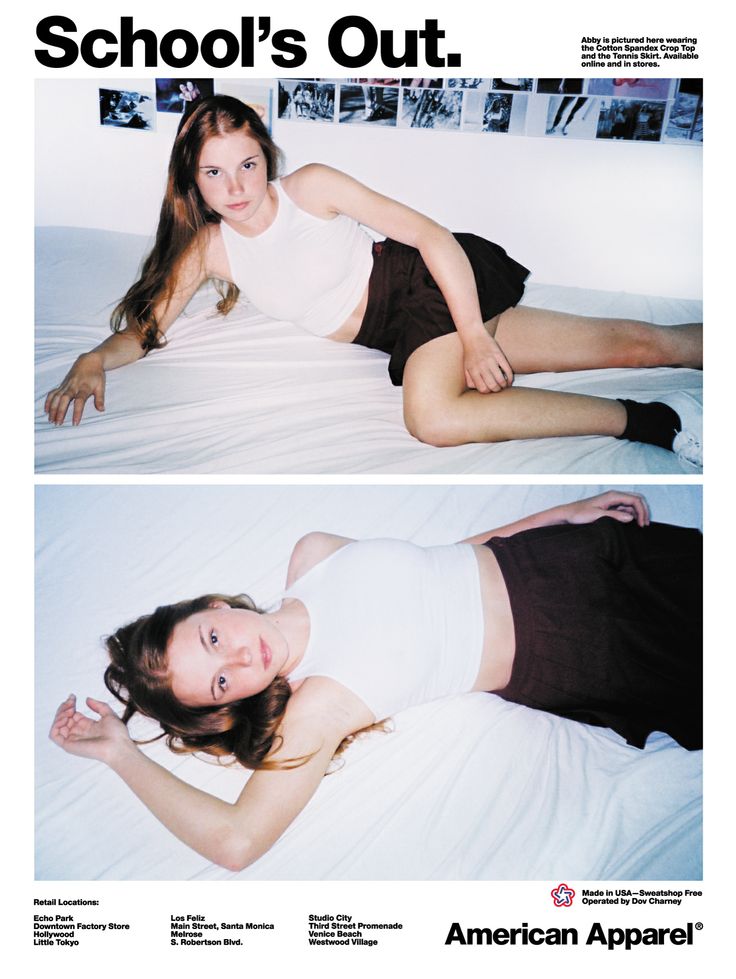
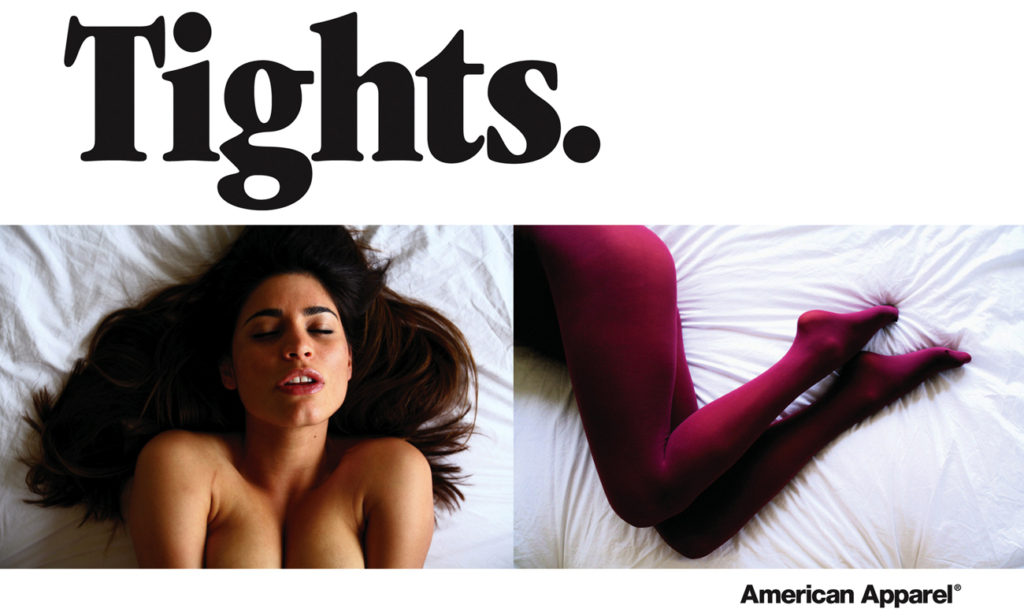
Contrastingly, in fairly recent years, both companies have shown a conscious effort to redefine their brand by using fully clothed models in their advertisements. This large scale effort put into rebranding was set into motion when the current CEO was fired and a fresh mindset took up the leadership position. It is predicted that more brands will follow their example in the following years.
Powerful fashion houses Céline and Gucci have already adopted this more conservative style of fashion marketing and are currently prospering abundantly in their sales. Céline is gracefully layering oversized statement pieces to create a bold series while Gucci is elegantly capturing their classic sleek silhouette through entrancing atmospheres created in their photoshoots. These two leading companies are able to clearly convey their brand image to their customers without marketing of sexuality. 



This turn from oversexualized ads is not because people are no longer reacting to sex but that modern society’s definition of sexy has changed. Young people now see these semi-pornographic advertisements as over-the-top and they instead find the idea of being, “Effortlessly sexy,” more preferable, which pushes companies to follow the market inclination. The remarkable redirection from a sexual focus to more effortless and elegant campaigns puts the fashion community in an interesting position witnessing the possible turning point of advertising history.

